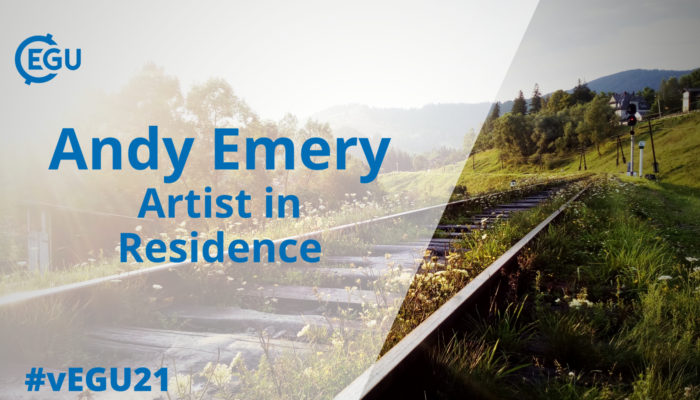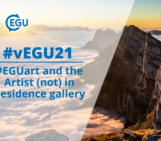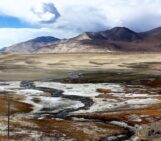
With a name like “atmospheric rivers” this subject is an absolute gift to the poetically-inclined!
Atmospheric rivers
I float high in the sky, higher than the jagged, ice-hewn nunatak peaks I see below me as I peer over the side of my coracle made of clouds. Down there, beneath frayed candifloss, Greenland glows white in bright polar sunlight. My coracle bobs and sways as I go with the flow down this atmospheric river, a fine filament of water vapour that winds entwined in celestial mind from tropical springs to high-latitude sinks, a worm of warm, wet air, wriggling and meandering northwards, redistributing heat and moisture.
The carrier of my coracle, this airborne, fluvial stream, is ephemeral. Over many thousands of kilometres it appears suddenly, a hundred kilometres wide, pouring northwards. Within a day or two it will be gone, but before it leaves, it will produce prodigious precipitation. If it resists the tempestuous temptation of a mid-latitude storm, it will reach high into the polar regions, where it may bring snow, or melt snow, and speed or slow the melting of ice.
Farthest from the meandering, creeping-vine tendrils of the flash-flood flow, in northeast Greenland, my clammy coracle chariot lays down its rooting precipitation, but even in the icy depths of polar winter, its low-latitude warmth, a sudden shock eight degree boost, melting accumulated snow, sending the surface mass off balance. Warm winds, the föhn, a firm blast of hot air, drive the days of increased melt.
At the icy interface between rock and sky, there is another stream. The North-East Greenland Ice Stream, fast flowing for a glacial pace, drains the interior of the Greenland Ice Sheet. This great conveyor of ice mass from accumulation to ablation upholds the future stability of Greenland. If the melt-driving atmospheric rivers increase in frequency and ferocity, more ice will be calved and lost, forcing retreat and impacting the global sea. But for the poetry of their name, atmospheric rivers still hold secrets, riddles to unravel to understand their full polar impact.
This piece is based on work by Dr Jenny Turton and Dr Kyle Mattingly. Jenny is a postdoc at the Friedrich-Alexander University, Nürnberg, is the outgoing EGU Cryosphere Early Career Scientist rep, now joining the union-wide ECS team as deputy. She is on Twitter as @TurtonJ1990. Dr Kyle Mattingly is a postdoc at Rutgers Institute of Earth, Ocean and Atmospheric Sciences, studying atmosphere-cryosphere-ocean interactions, on Twitter as @ksmattingly. Their work was presented in session CR7.1.




